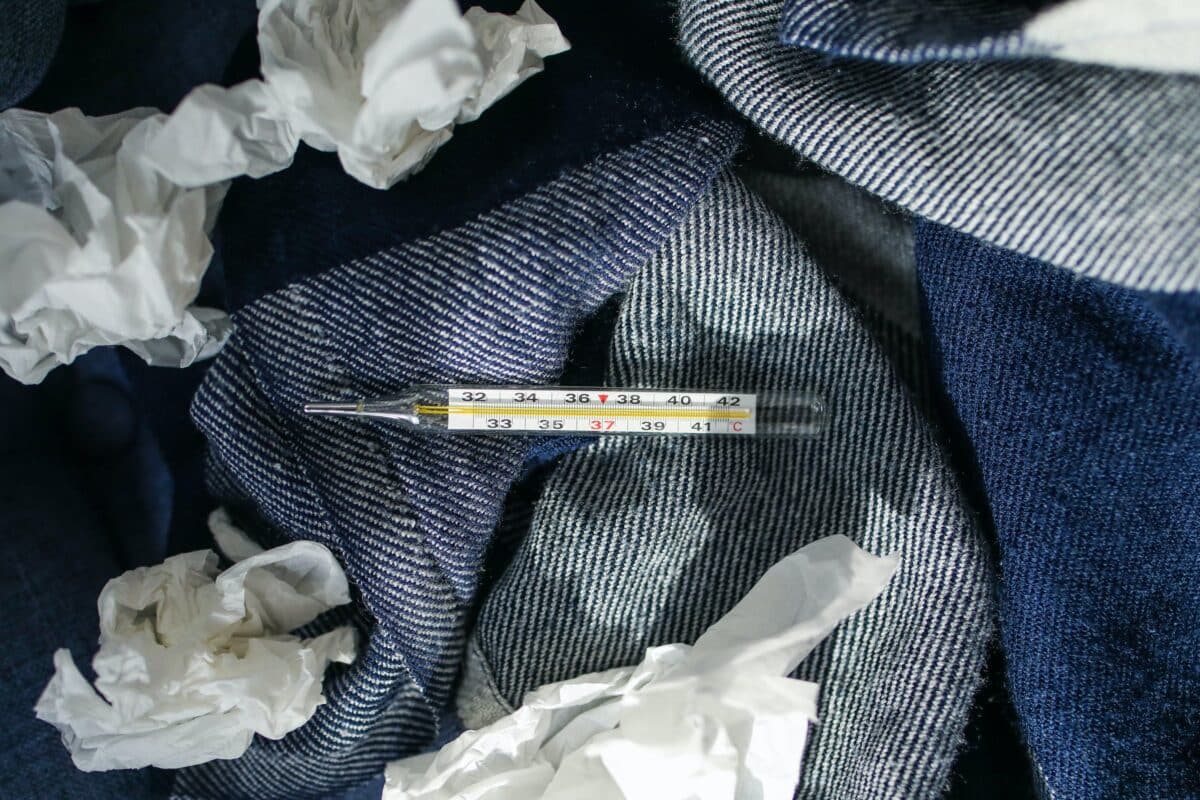By Sheila Ferguson
Recently, several Cleveland Metropolitan School District (CMSD) parents contacted The Cleveland Observer (TCO) to see how school districts across the state are advising parents on how best to protect their children from COVID-19. They were responding to everything from their fearful memories of surviving the pandemic, to loved ones they lost, and now the daily news alerts on upticks in COVID-19, flu, and RSV cases (known as the “triple-demic”).
After calling and scouring the online websites of the Cleveland Municipal School District, Shaker City Schools, Independence, Parma, and Toledo Schools, TCO found that none reported or posted specific COVID-19 policies on their online portals. The silence and the absence of information would indicate that COVID-19 is now history and a distant memory. But the facts are as follows:
According to the Centers for Disease Control, the official ending of the COVID-19 Pandemic as a Public Health Emergency (PHE) took place on May 11, 2023. It signaled the virus’ progression from a pandemic to an endemic state. Before that date, the COVID-19 Public Health Emergency (PHE) had been in effect since March 12, 2020. That declaration marked the CDC’s ability to mobilize and sustain a response to the pandemic through public educational campaigns, news bulletins, statewide, national, and worldwide data collection, research, and communitywide vaccination rollouts. It provided better protection to our citizens and communities.
COVID-19 is now endemic in medical terms. One [anonymous] western Ohio educator stressed that COVID-19 is no longer in its global pandemic phase, quoting a phrase often stated by Dr. Anthony Fauci and Dr. Nicholas Christakis: “COVID-19 will always be with us.” Because of its endemic status, COVID-19 and its variants are not seen as a clear and present danger. Yet Clevelanders can take various steps to guard against the virus through vaccination and other protective measures.
Treatment and trauma care is now needed to combat the effects of the pandemic. In short, the pandemic created untold levels of fear, stress, and social isolation. Thinking back to those dreary days, former CMSD School Superintendent Dr. Eric Gordon reported that in the 2020-21 pandemic years, 54% of Cleveland students were chronically absent. He noted that most students missed 18 school days or more, even while classes were remote. Again, full-time attendance was still poor after two years of school students sheltering in place and taking hybrid courses before returning to the classroom. Gordon also suggested that students and their families faced a series of social-emotional problems.
In those days, educators and social workers alike saw more teens working during school hours or caring for siblings so parents could work, as well as a lack of sufficient nutrition during the home school day, stressors among families being cooped up together all day, a gross lack of childcare resources, and an absence of essential supports for children learning at home. Today, most school districts are concerned with normalizing school and community life. Various school districts’ online health portals address many of the social and emotional health risks linked to stress, loneliness, social isolation, and suicide.
With today’s impending tripledemic, we can all show support as community members for:
- Parents who guide their families through the necessary precautions in caring for themselves and preventing the spread of disease;
- Teachers who refer students who either show or report signs of illness to the school nurse. School nurses must monitor symptoms, take temperatures, and call parents to begin emergency care.
- Parents and Schools educating students on protecting their immune health by getting plenty of rest, eating a healthy diet, and exercising, and
- School districts and families that encourage mind-body balance and stress management through a commitment to the development of the whole person. The current trend includes various schools posting a series of community-based mental health services, suicide prevention, and family uplift resources.
Relative to COVID-19’s local prevalence, Dr. Bruce Vanderhoff, Director of the Ohio Department of Health, reports that COVID-19 rates rose in mid-August 2023 to 4,000 Ohioans a day and has declined significantly since mid-October to approximately 5,000 citizens weekly contracting the virus. However, he warns us to prepare for the Flu-COVID-RSV tripledemic during the coming winter. He also suggests that vaccinations are our best protection. In addition, the pandemic has also taught us all that it is still important to:
- stay masked,
- keep social distance,
- avoid crowds,
- wash our hands continually, and
- stay home from work or school at the first hint of illness!




